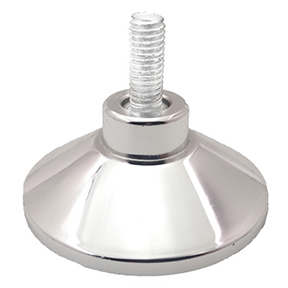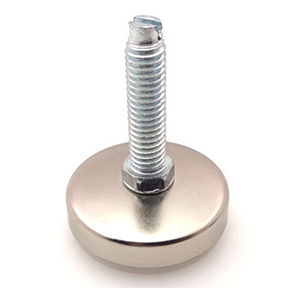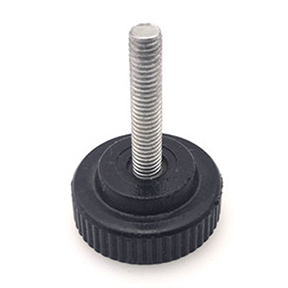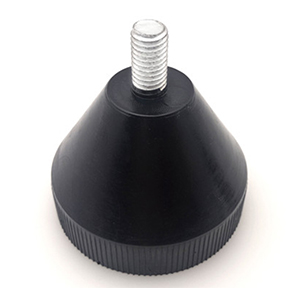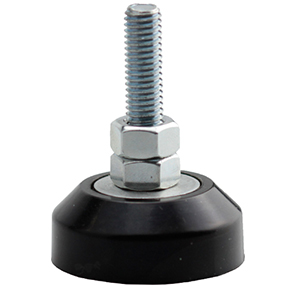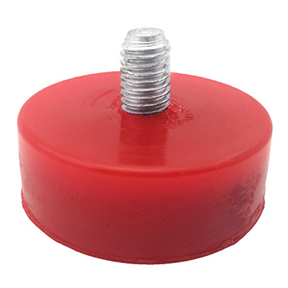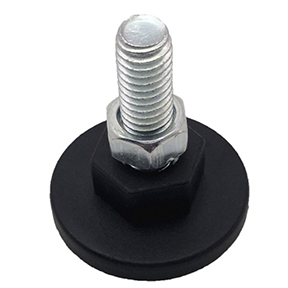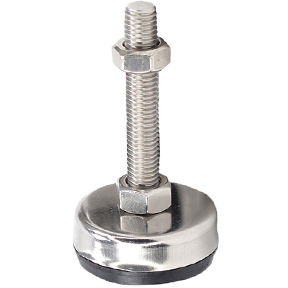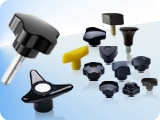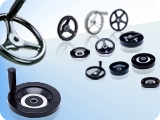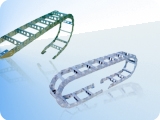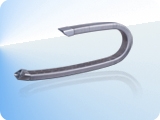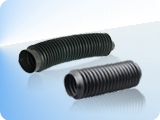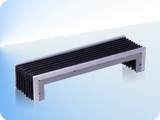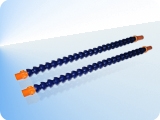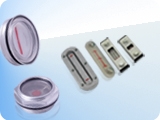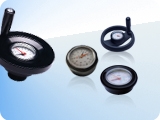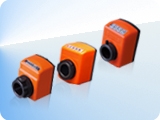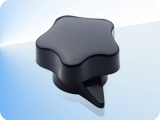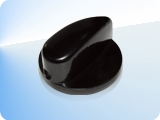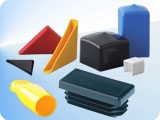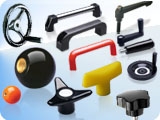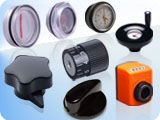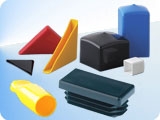Syria chemical weapons allegations
yria's chemical weapons stocks, and the possibility that President Bashar al-Assad's government might use them, has been one of the factors that has most worried observers of the conflict.
In July 2012, the Syrian government implicitly admitted what had long been suspected by experts in the field of chemical weapons proliferation - that Syria had stocks of chemical weapons.
Damascus said the weapons, stored and secured by the armed forces, would never be used "inside Syria", but would be used against an external attack.
In March came allegations of the use of chemical weapons in the town of Khan al-Assal in northern Syria.
There have been several such alleged incidents since. As with much of the conflict in Syria, the claims have been extremely difficult to verify independently because of restrictions on journalists' movements and the fact that a UN-mandated investigation team, headed by Swedish scientist Ake Sellstrom, has not yet been allowed access into the country.
Syria's state news agency Sana reported that "terrorists" had fired a rocket "containing chemical materials", killing 16 people in the Khan al-Assal area of Aleppo province.
Sana published photographs of what it claimed were victims, although they appeared to show no obvious signs of exposure to chemical weapons. The official death toll rose to 31.
The UK-based activist group the Syrian Observatory for Human Rights (SOHR) put the figure of those killed at 26, including 16 soldiers.
A spokesman for the rebel Higher Military Council in Aleppo, Qassim Saadeddine, said the government had carried out a chemical attack.
"We were hearing reports from early this morning about a regime attack on Khan al-Assal, and we believe they fired a Scud with chemical agents," he told Reuters news agency.
"Then suddenly we learned that the regime was turning these reports against us. The rebels were not behind this attack," Mr Saadeddine said.
On the same day as the attack in Khan al-Assal, activists uploaded videos purporting to show victims of a bombardment in the village of al-Otaybeh near Damascus in the aftermath of an alleged bombardment using chemical weapons.
The men are shown having difficulty breathing, and one of them appears to show a semi-conscious man having fluid removed from his mouth.
In another video, an activist interviews a doctor about the patients' treatment. He says that in his opinion they have been exposed to an organophosphate chemical and that one of the men is being treated with atropine, an antidote for nerve agents.
Opposition activists said the attack appeared to be a reprisal for gains made by rebel forces in the area a day earlier.
Officials in the town of Douma said they had preserved the bodies of six alleged victims of chemical munitions in a morgue, some of them from Al-Otaybeh, Reuters reported on 12 April.
A letter to Dr Sellstrom, sent on behalf of local town leaders by a leading opposition figure, said 32 people had symptoms of illness and had offered to be examined.
According to the letter, the deaths occurred in Al-Otaybeh and the the village of Adra.
The Local Co-Ordination Committees, a network of activists in Syria, said in its summary for 24 March that two people had been killed and "dozens" injured when Adra was shelled with "chemical phosphorus" bombs.
In other media reports, activists described the symptoms of the injured as exhaustion, shortness of breath and muscle cramps.
Doctors were quoted as saying they thought it likely that a poisonous gas of some variety had been used.
A video circulated by the opposition Shaam News Network appears to show doctors in a makeshift hospital in the nearby town of Adra describing further symptoms: convulsions, excess saliva, narrow pupils and vomiting.
"We do not know the nature of the chemical or its source," one doctor says.
Patients had been washed and their clothing removed as a precaution, he adds.
On 13 April, the SOHR reported that two women and two children had been killed by poisoning from "gases from bombs dropped by an aircraft on the Sheikh Maqsoud neighbourhood."
Footage which later surfaced online appeared to show patients frothing at the mouth and twitching, both symptoms of exposure to nerve gas.
Anthony Loyd, a journalist for the Times newspaper, said on 26 April that he had been to Sheikh Maqsoud and put the death toll at three.
Another 12 people were injured, most of them contracting symptoms after contact with the initial victims, he added.
Those injured in the strike itself had responded "very quickly" to treatment with atropine, he said.
hortly after midday on 29 April, the town of Saraqeb came under attack from government military positions about five miles (8km) away.
A local activist filmed as the shells landed and showed the footage to the BBC's Ian Pannell.
The footage cannot be verified, but it and other images gathered from the scene were taken by people who the BBC met in the town, and they appear to have been filmed on the same day from different positions.
Eyewitnesses say canisters were dropped from a helicopter above the town.
Eight people were admitted, apparently with similar symptoms, to Saraqeb hospital. They appear to be vomiting and have breathing problems.
Videos shown to the BBC show patients with bloodshot eyes and some appear to have constricted pupils.
One of the injured, Maryam Khatib, later died.
Eliot Higgins, a UK-based blogger who has followed the Syrian conflict closely, has pointed out similarities on his Brown Moses blog between canisters found in Sheikh Maqsoud and in Saraqeb.
Previous:Syrian army storms rebel town of Qusair Next:UN, World Bank Say Development is Key to Congo Peace
- Fracture repair knowledge ruled handwheel handle
- Troubleshooting ruled bakelite hand wheel and troubleshooting
- Ruled handwheel is a natural bakelite handwheel
- Bakelite valve installation, operation and maintenance
- New pressure-filled rubber mold bakelite handle
- Large hydro elastic metal plastic Thrust Bearing Technology
- Our robot industry development trends
- CNC machine tools towline Forecast
- Rotating the handle needle valve
- Rotation of the handle shut-off valve



